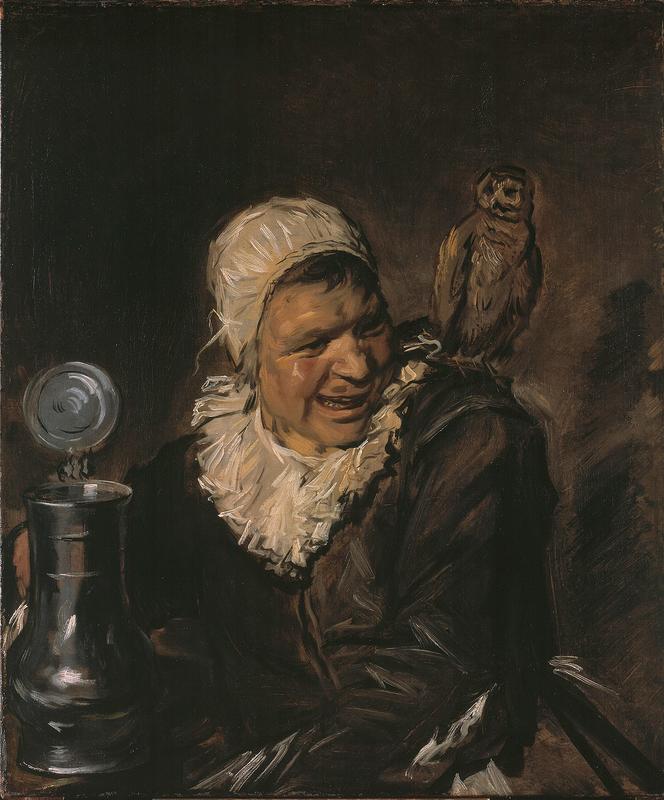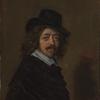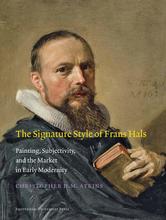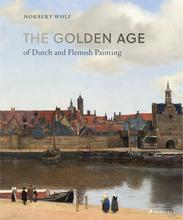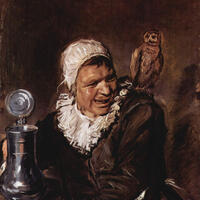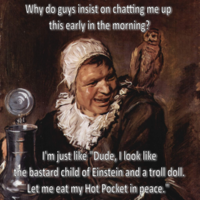More about Malle Babbe
- All
- Info
- Shop

Contributor
Frans Hals painted for the Donald Trumps of his time.
See, in the 17th century was common for the wealthy upper class to commission artists to make paintings of drunks and peasants to boost their egos. It was sort of like shock journalism, but only for rich people. While this more than questionable to our sensitive contemporary sensibilities, capitalizing on this elitist depravity was how many artists managed to scrape by, and we can't fault Frans for making a buck.
Malle Babbe, which roughly translates to “funny Babbe” or “crazy Babbe," was a local icon in Hals’s hometown of Haarlem. (We can't imagine it was anything like our Harlem.) Many believed her to be a witch, but ultimately she may have just been an alcoholic suffering from mental illness. Again, social tact was not a priority in 17th century Europe.
People might have thought she was witch because of her feathered friend. If I have learned anything from Harry Potter, it is that all the cool witches and wizards have owls. But actually, it turns out the bird is a funny little easter egg for those who speak the language. It refers to the Dutch proverb “drunk as an owl.” In other weird Dutch news, listen to this song about Malle Babbe which was inexplicably a hit in 1970s Europe.
This painting leaves us wondering if she ever engages with others or if she only banters with the voices of her troubled mind. Like it's subject, the work has a sense of instability, like the woman could either jump out and attack you...or maybe just challenge you to a friendly stein-drinking contest.
Featured Content
Here is what Wikipedia says about Malle Babbe
Malle Babbe is a painting by the Dutch Golden Age painter Frans Hals, painted c. 1633-1635, and now in the Gemäldegalerie, in Berlin. The painting has also been titled as Hille Bobbe or the Witch of Haarlem. It was traditionally interpreted as a tronie, or genre painting in a portrait format, depicting a mythic witch-figure. The painting is now often identified as a genre-style portrait of a specific individual from Haarlem, known as Malle (meaning "crazy") Babbe, who may have been an alcoholic or suffered from a mental illness.
The painting has been an object of artistic admiration from Hals's lifetime, as there are several copies and variants painted by his followers. It was admired by Gustave Courbet, who made a copy of it in 1869 while it was on view in Munich.
Check out the full Wikipedia article about Malle Babbe

